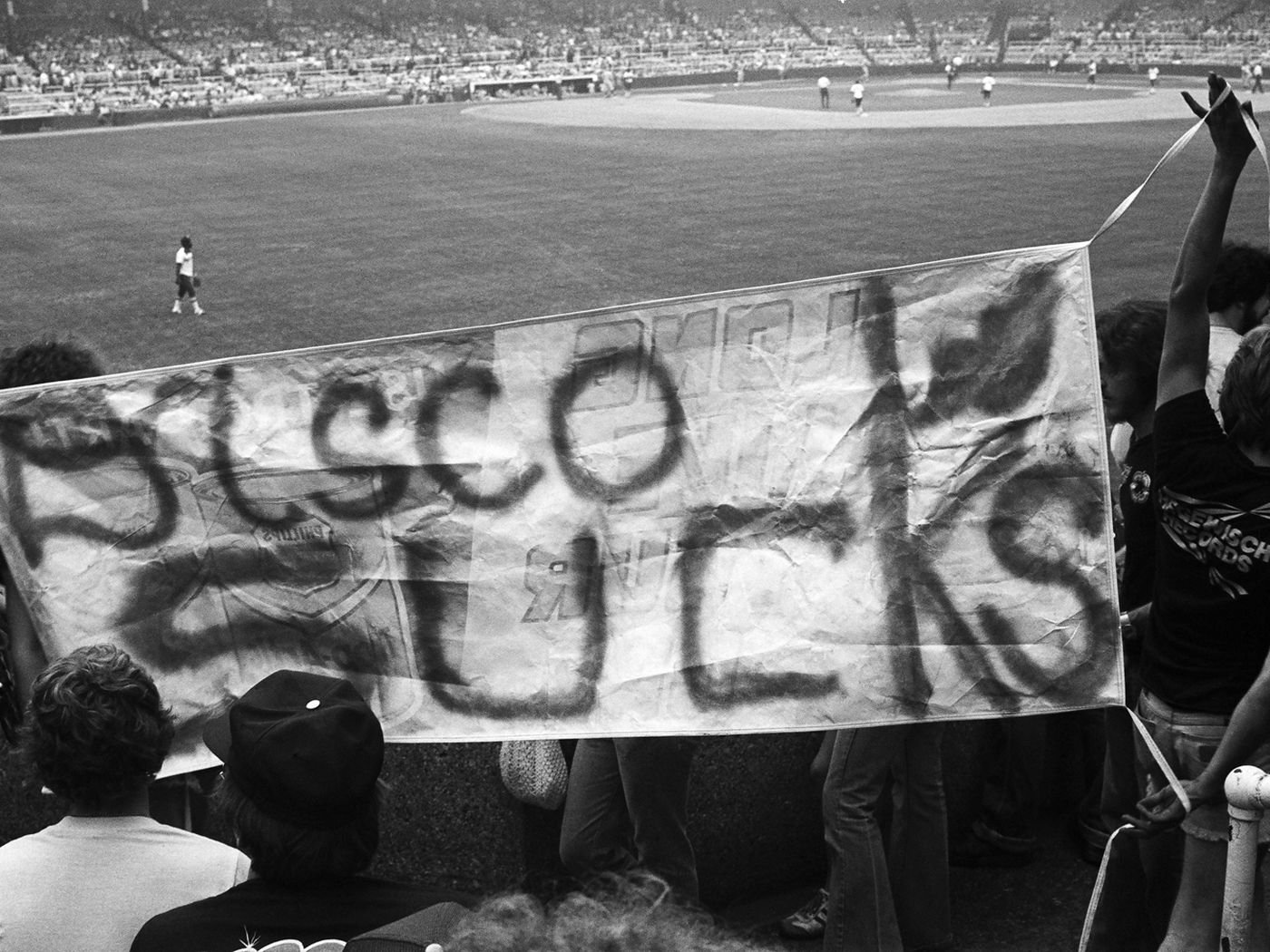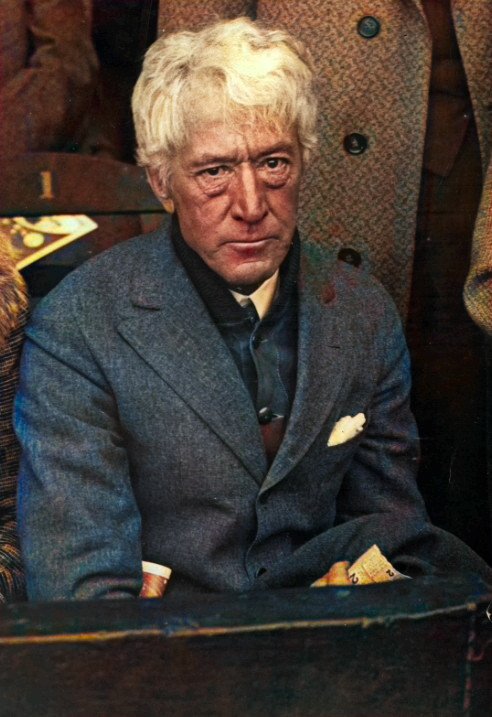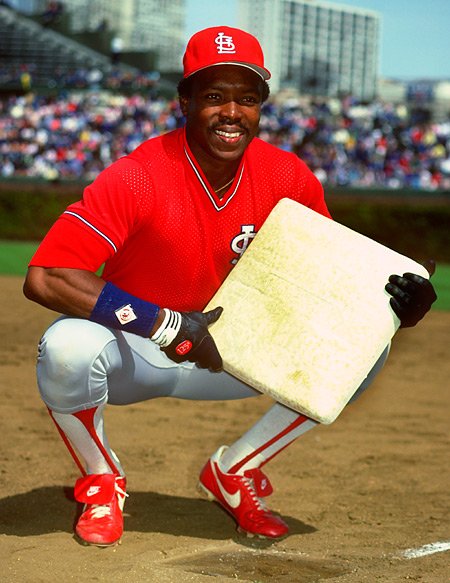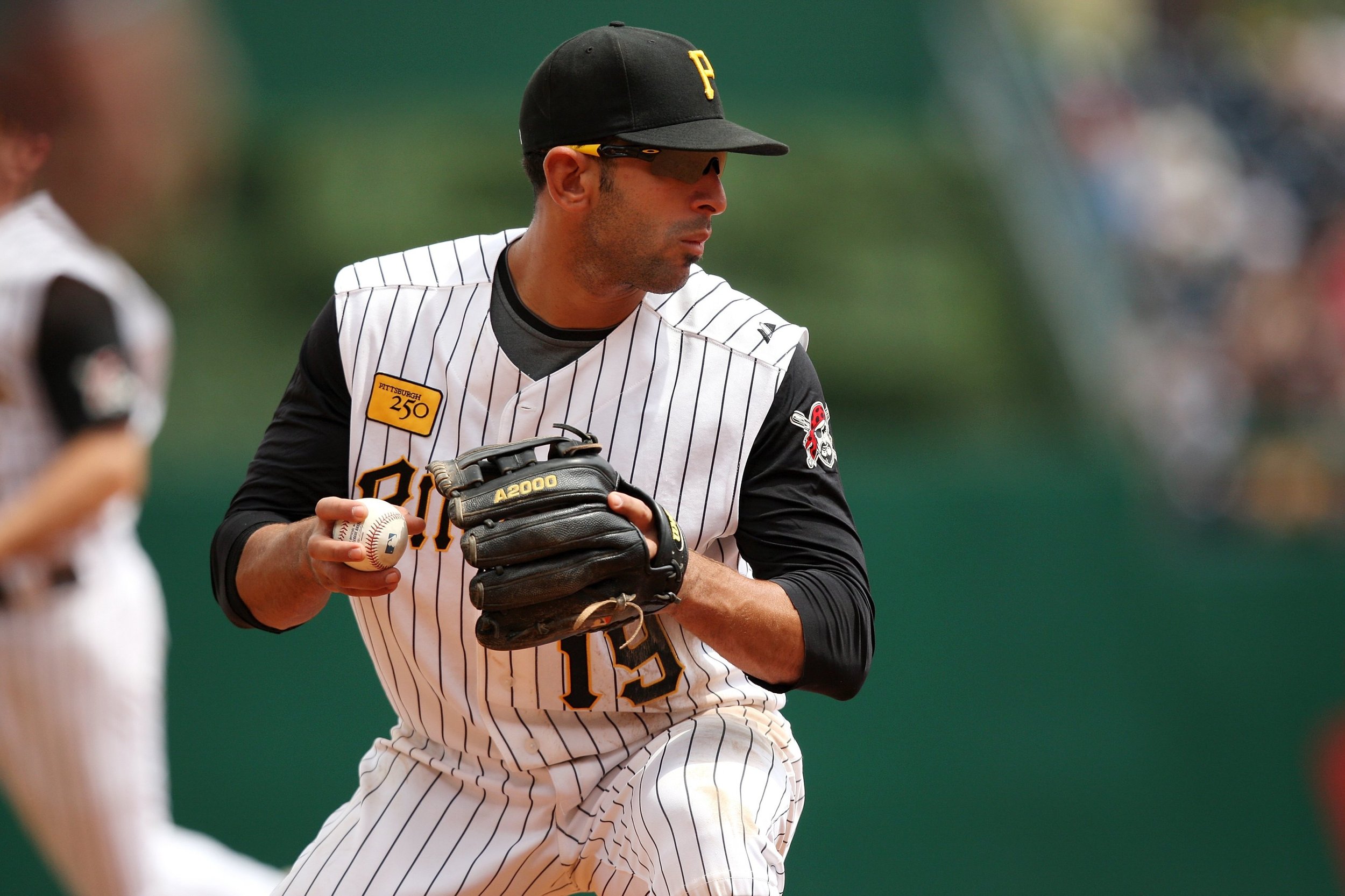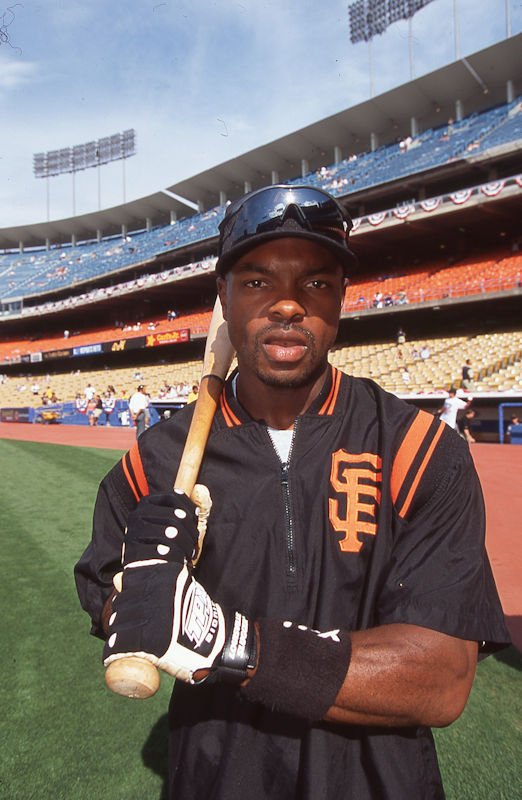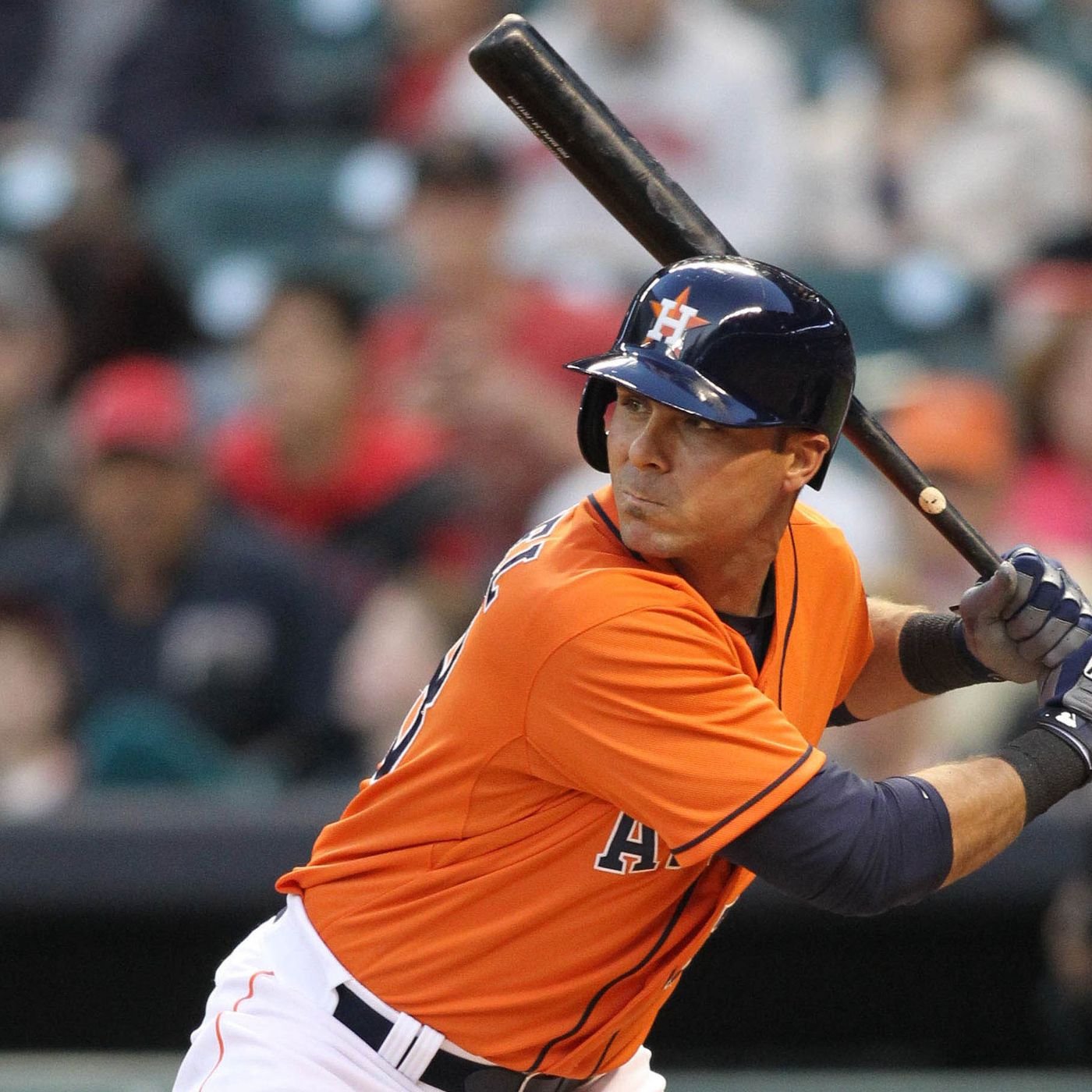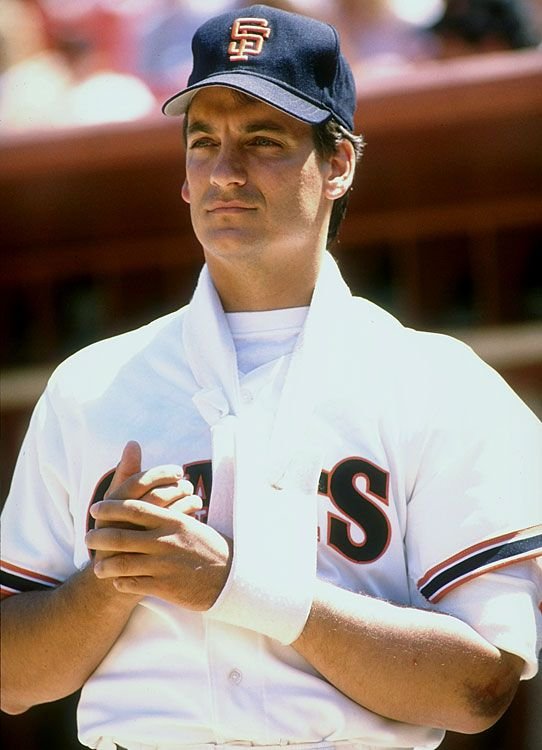They say you see something new in every baseball game. With 162 games per year from each MLB team, it’s no surprise that there have no shortage of amazing and unforgettable moments, incredible comebacks and epic collapses. There have also been some weird, wacky and wild moments as well and in today’s video, we’ll be counting down 10 of the wackiest most insane moments in MLB history – one in a million moments that will likely never be repeated again. So, without further ado, let’s get into the list..
#10 J.T. Saves The Day
It was Game 5 of the 2002 World Series, the biggest stage in baseball, between the San Francisco Giants and Anaheim Angels. The Giants had 2 men on in the 7th when Kenny Lofton roped an extra base hit into right field. That’s when the Giants tiny batboy, 3 year old Darren Baker, the son of manager Dusty Baker, was a little too eager to run out and collect Lofton’s bat, the bat of his favorite player. As J.T. Snow scored, he saw the little boy wandering around the danger zone with another runner coming in hot behind him and the catcher ready to receive the throw. In one fell swoop, he snagged Darren and carried him to safety. It was an incredible scene and J.T. Snow, despite hitting over .400 and having a great postseason and career, is still remembered largely for being the hero that day. Darren Baker went on to play college ball at Cal and was drafted by the Washington Nationals. He hit .290 in Double-A in 2022.
#9 Attack of the Bugs
It was the 2007 playoffs – more specifically the ALDS – and the weather was unusually warm for an October evening in Cleveland, Ohio. The Yankees were hanging on to a 1-0 lead in the 7th inning when set-up man Joba Chamberlain entered the game to set things up for the Mariano Rivera. Chamberlain had a 0.38 ERA and 12.8 per 9 strikeout ratio that season. He was practically unhittable. He finished off the 7th inning without an issue. “We were dead in the water,” said one Indians player. Then, when Chamberlain took the mound in the 8th, the bugs attacked. The weather and stadium lights attracted an army of midges, small mosquito-like flies, who converged onto the pitching mound precisely during the top of the 8th inning. One Yankees player said,
“I just remember Joba grabbing the back of his neck to wipe off sweat and his hand was black, full of bugs.”
It was impossible for Chamberlain to focus as the bugs completely engulfed him. A walk and two wild pitches later, he gave up the tying run. He was visibly shaken and frustrated as the bugs continued to wreak havoc throughout his entire appearance. Then, the Yankees came up to bat and it was the Indians turn to deal with the bugs – or was it? In the bottom of the 8th, the bugs, who being from the area were obviously Indians fans, had disappeared. Thanks to the midges, the Indians won the game and the series.
#8 The Big Unit vs The Bird
Next up, we have an absolute one in a billion moment I still can’t believe actually happened. It’s only ranked this low because it happened in Spring Training. We all know the story. The premiere pitcher in the game, current Hall of Famer Randy Johnson, was pitching against Giants prospect Calvin Murray in Spring Training. Somehow, a bird happened to fly right through the path of a 95 mile per hour fastball, resulting in the tragic end to the poor bird’s life in an explosion of feathers. In all the years I’ve watched baseball, I’ve never noticed a bird happen to fly right in between the batter and the pitcher. If a bird did happen to fly through that zone, the odds of the baseball thrown by a pitcher and the bird being in the exact same place at the exact same time have to be beyond astronomical. Add to that the fact that it was Randy Johnson who threw the pitch and this incident becomes simply unbelievable. If this happened in a movie instead, I would instantly laugh it off and call the writers out for how unrealistic the scene was, explaining that such a thing would never – could never actually happen. I still can’t believe it actually did.
#7 A 3’7” Pinch Hitter
In 1951, former owner of the Cleveland Indians Bill Veeck purchased the St. Louis Browns and came up with some wild innovations and publicity stunts to compete with the St. Louis Cardinals, the better and more popular team at the time. By far, his most famous decision, was to sign Eddie Gaedel, a 3’7” 60 lb professional performer Veeck found through a booking agency. He was issued a uniform with the number 1/8 and popped out of a paper-mache cake in between games of a doubleheader to celebrate the 50th Anniversary of the American League. It was seen at first as one of Veeck’s more mild stunts and the sponsor of the promotion was disappointed. Little did they know what was going to happen in the second game of the Doubleheader. In the bottom of the 1st inning, Browns manager Zack Taylor sent up the little man to pinch hit. He had been added to the active roster, and the umpires had no choice but to let him hit. Even the Browns players had no idea Gaedel would actually play in the game. Pitcher Bob Cain laughed at the absurdity of the situation and the catcher had to catch from his knees. Gaedel walked on four pitchers and bowed to the crowd on his way to first in one of the wildest scenes in MLB history. The A.L President voided the contract the next day because Veeck was making a mockery of the game.
#6 Down Goes Zimmer
It was during the 2003 ALCS between the Yankees and Red Sox when all hell broke lose in Boston. Tempers flaring between teams is nothing new – nor is an all out brawl. However, the scene here was certainly more bizarre than normal. Things started to heat up when an up and in pitch thrown by Pedro Martinez hit Karim Garcia in the 4th inning. A few minutes later, Garcia slid hard into second which resulted in a shoving match and emptying of dugouts. Later, when Roger Clemens threw up and in to Manny Ramirez, it was on like Donkey Kong. 72-Year old Yankee coach Don Zimmer, who momentarily forgot his age, wanted a piece of Pedro and went straight for him. Martinez sidestepped, grabbed Zimmer’s head and threw him to the ground. To make matters more insane, a few innings later, Yankee pitcher Jeff Nelson got into a fight with a Fenway Park employee in the bullpen and Karim Garcia hopped in to assist him.
#5 Pyscho
It was the 2000 World Series, known as the Subway Series, between the New York Mets and New York Yankees. The rivalry was fierce and there had been massive tensions throughout the season between the two teams. There was an especially tense situation occurring between Roger Clemens and Mike Piazza. Piazza had homered in three consecutive at bats against Clemens until their 4th meeting, earlier that season, when Clemens hit Piazza in the head with a fastball, causing him to miss the All Star Game. Every one was eager to see this match-up. What if Clemens hits him again? Would Piazza charge the mound? Or maybe it would be settled on the field – with a big strikeout or another long home run. With all the speculation, no one, and I mean no one, could have predicted what actually went down. Clemens jammed Piazza, causing him to break his bat. What happened next is still inexplicable. Clemens hurled the barrel of the bat, which has now turned into a sharp and dangerous weapon, towards Piazza. What was he possibly thinking? Did he think Mike Piazza intentionally broke his bat and made sure the barrel flew towards him? Well, that would make him the greatest hitter to ever live and is obviously not what happened. Later, Clemens claimed he thought it was the baseball, which makes absolutely zero sense. Even if we took the massive and impossible leap to believe that he couldn’t tell the difference between a baseball and a bat, if he thought it was the ball, he would’ve thrown it towards first base, not angrily towards Piazza. Benches emptied but there was no brawl, as most players were probably completely confused and shocked. Clemens wasn’t even thrown out of the game – probably because no one could believe what they just saw. Just think about how often the barrel of the bat ends up in the pitcher’s hand – it’s extremely rare. How did that exact event happen with these two players at that exact moment in time – their first meeting since the beaning and it was in the World Series. And then, the Clemens actually throws the thing at Piazza. I still can’t believe it.
#4 Two Batters At One Time
This is a screen shot from a game between the Cardinals and Cubs that was played on September 22, 1974. How did this happen? It was a 5-5 game in the Top of the 9th inning and “The Mad Hungarian” Al Hrabowski was on the mound. Hrawbowski was famous for an extended ritual he performed in which he turned his back to home plate, forcing the batter to wait out the ritual. The Cubs were not in the mood on this day and Gary Madlock decided to make Hrabowski wait for him instead, walking away from the batter’s box to add some pine tar to the bat. The umpire, Shag Crawford, ordered Madlock to return to the box. When he didn’t hear him or didn’t comply, Crawford started calling strikes with no one in the batter’s box, which brought out Cubs manager Jim Marshall to argue. The hitter on-deck, Jose Cardenal, got into the argument as well and at one point, had ventured near home plate, when Crawford continued to call strikes. Cardenal instinctively jumped into the batters box to hit around the same time that Madlock ran up and tried to jump in to hit as well, creating an insanely bizarre scenario in which two hitters were in the batter’s box at the same time. Even the announcer literally said on the air that this is some wild shit. Things didn’t end there as an all-out brawl broke out between the two teams, Cardinals player Ted Simmons punched Madlock and Cubs player Andre Thornton suffered a finger injury that ended his season. Order was eventually restored, but it may be the only time in MLB history where two batters were ready to take a swing at the exact same time.
#3 Disco Demolition Night
In 1979, Mike Veeck, the son of the aforementioned Bill Veeck and Chicago White Sox front office promotion manager, came up with a crazy idea. Like father, like son. In Mike’s case, it was not a publicity stunt, rather a promotion that allowed fans to enter the ballpark for just 98 cents if they brought a disco record along with them. The records would all be destroyed in-between games of a doubleheader, officially ending the disco era. Veeck was hoping for at least 20,000 fans as compared to their regular attendance of 5,000. Over 50,000 people showed up with records in hand and many more leapt fences and gates to enter the ballpark during the game. The boxes that fans were supposed to put their records in overflowed and many took them to their seats. Records along with other dangerous items were being thrown around the stadium and the game had to be halted several times. The records were indeed blown up, but they left a huge hole in the playing field, which would’ve made the next game difficult to play even if thousands of fans didn’t storm the field, which they did. They set fire to the field, pulled up bases, destroyed equipment, and took over the stadium. The rioters overwhelmed security and the best could try was to put on the scoreboard “Please return to your seats.” It wasn’t too effective. The second game had to be forfeited by the White Sox and to this day, Disco Demolition Night is one of the most infamous and disastrous promotions of all time.
#2 Independence Day in Atlanta
It was one of the most wacky and unlikely chain of events in MLB history and it started on the 4th of July of 1985 but didn’t end until the 5th. The Mets were in Atlanta and the game, which started like any other game, was quickly becoming something else. There were multiple rain delays, arguments, ejections, and a fireworks display planned for after the game. When that would be, nobody knew. After 9 innings, the game was tied 8-8 and continued into extras. In the top of the 13th inning, the Mets took a 10-8 lead and it looked like this long night would finally be over when with 2 outs in the bottom of the 13th, Terry Harper hit a home run to tie the game. The game continued all the way through until the next day, when the Mets scored another run in the 18th. In the bottom of the 18th, the Braves had run out of position players. Their last hope was a relief pitcher named Rick Camp. Camp was a notoriously awful hitter with a career .061 batting average entering the season. He had never hit anything close to a home run. It looked like this crazy 18 inning game was about to come to an end. Here’s what happened.
Mets players were stunned - Ray Knight threw his hands up in disbelief and Lenny Dykstra dropped to his knees. When Camp stepped up to the plate, the home plate umpire joked “You might as well hit one out, and we can play all night.” The Mets did score 5 in the Top of the 19th and ended up winning the game, but the Camp home run was still was on the craziest moments in MLB history. To make this scene even wilder, the fireworks still went off at about 4 in the morning, prompting 911 phone calls from residents who thought the city was being bombed.
#1 10-Cent Beer Night
It was 1974 and in an effort to improve attendance, the Cleveland Indians decided to hold 10-Cent Beer Night, offering 10 oz beers for just 10 cents with no limit on the number of purchases. What could possibly go wrong? To make matters worse, this promotion occurred in a game between the Indians and Rangers, two teams that had just gotten into a bench clearing brawl a few days earlier, and Indians fans were in a rowdy mood already. Over 25,000 fans showed up to 10-Cent Beer Night, more than double that was expected. Almost immediately, it was apparent there were going to problems. A woman ran out on the field, flashed the crowd, then tried to kiss the umpire. Later, a naked man ran on to the field and slid into second base. The next inning, a father and son ran out on the field and mooned the fans. The stadium started to look like a warzone as fans began randomly setting off firecrackers. Fans threw items like hot dogs onto the field and other naked people started appearing throughout the stadium. Gunpowder and marijuana smoke covered the entire ballpark. By the 7th inning, all the sober fans had already departed, leaving an army of extremely drunk belligerents who stormed the field, armed with knives and clubs formed from portions of the stadium they tore apart. Both Indians and Rangers players grabbed bats and the war was on in one of the most unbelievable scenes in the history of the game. Eventually the players escaped to the safety of the clubhouse and the uncontrollable beasts destroyed the field and stadium for 20 minutes until the police were able to restore order. The Indians were forced to forfeit the game and several players and umpires were injured. The Indians actually had the guts to hold another 10-Cent Beer Night that season, but this time with a 2-Beer per person limit.





